

Anthony Crawford
1990 Lamborghini Countach review
5 Days Ago
Big dual-cab utes dominate today, but various manufacturers over the years have offered the benefits of a ute in a more compact package.

Contributor
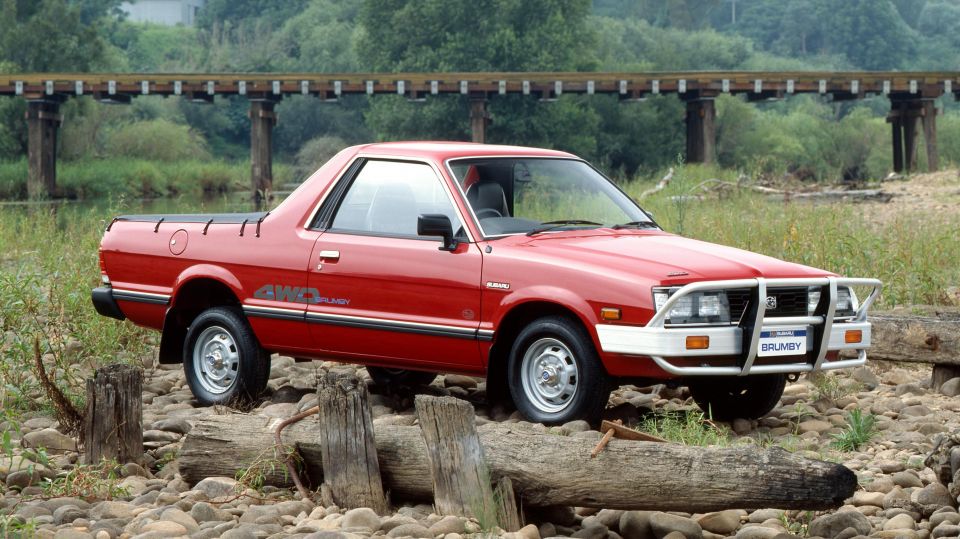

Contributor
Last year, the two best-selling vehicles in Australia were the Toyota HiLux and Ford Ranger, and combined they accounted for over 100,000 sales. Rivals like the Isuzu D-Max and Mitsubishi Triton were also in the top 10.
Australian buyers clearly appreciate the fundamental concept of a ute: a flexible, do-it-all vehicle with an open bed that can carry all manner of cargo.

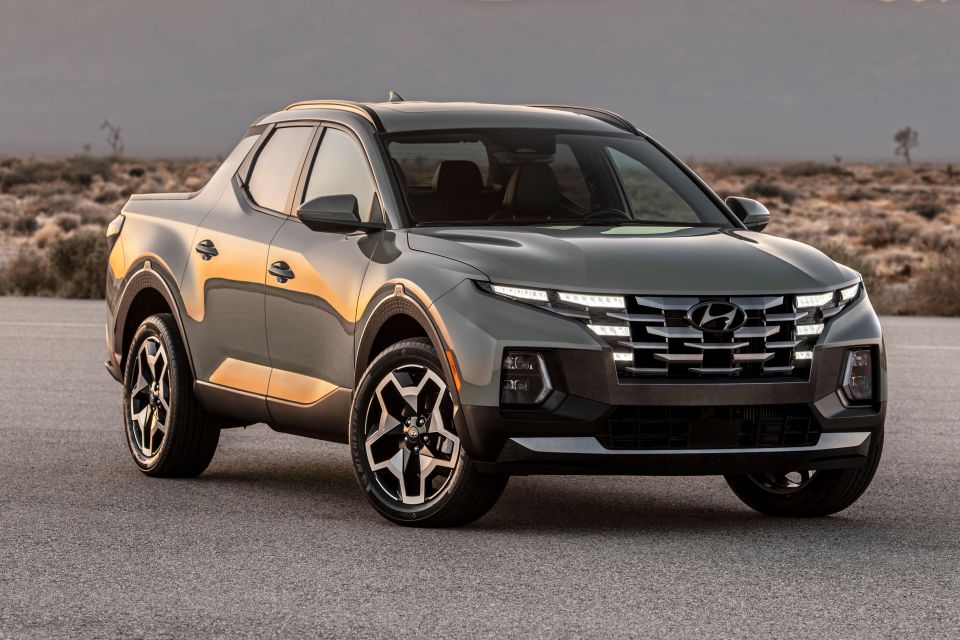
Australians are not alone here. While the US has had a continual love affair with their larger pickup trucks, small, crossover-based utes have returned there in the form of the Hyundai Tucson-based Santa Cruz and the Ford Escape-derived Maverick.
In Latin America, they never left. Various models are still available that have a length of under 4.5m and a payload of around 650kg, such as the Renault Duster Oroch, Fiat Strada, and Volkswagen Saveiro, with a new Chevrolet Montana on the way. These popular models are all derived from small car or SUV platforms.
MORE: Car-based utes: The small pickups thriving overseas
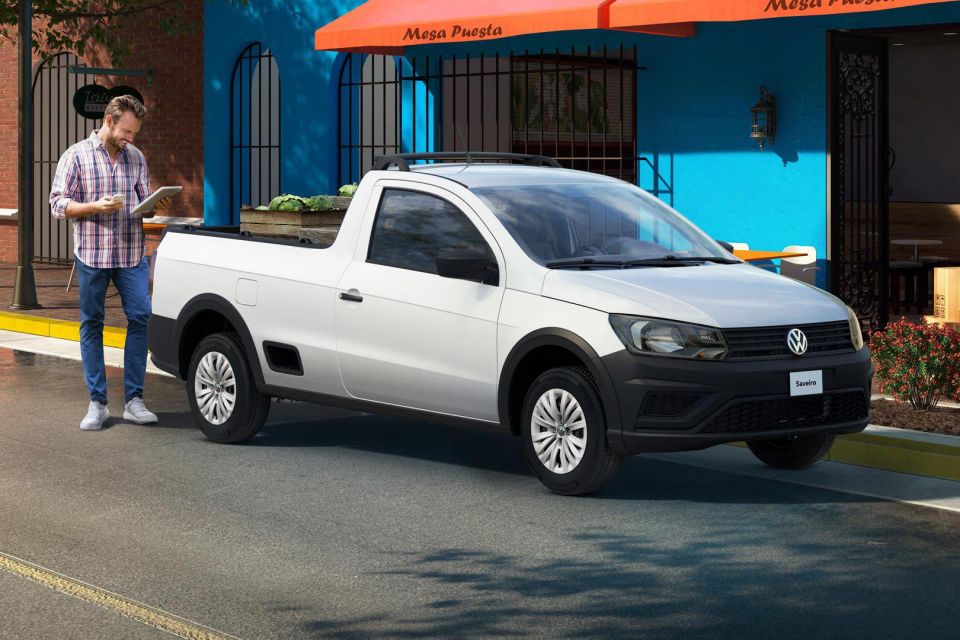

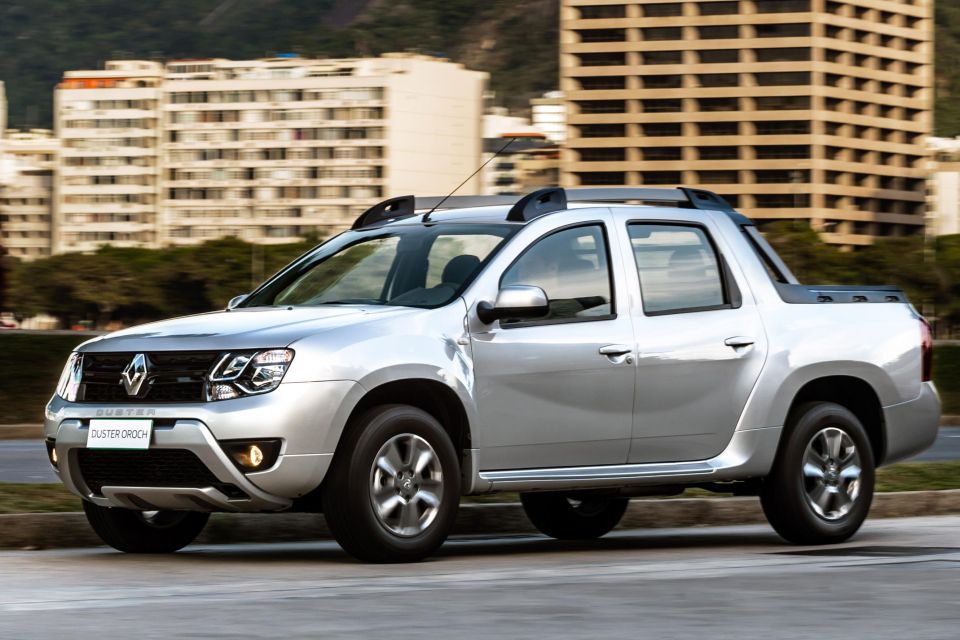
In decades past, various car manufacturers have attempted to sell miniaturised versions of the ute concept in Australia, with varying degrees of success.
One of the earliest small utes ever sold in Australia was the oft-forgotten Lightburn Zeta Utility, which gave buyers the versatility of a ute but the more nimble dimensions of an urban runabout.
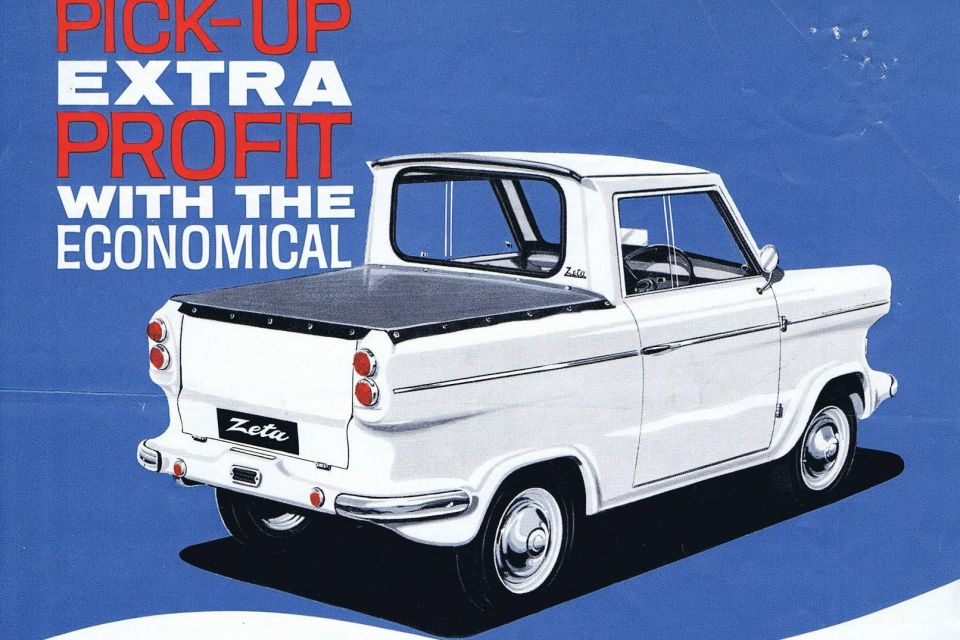
A product of the fledgling, Adelaide-based Lightburn Car Company and sold for three years from 1963-66, the Zeta was a tiny, fibreglass-bodied ute marketed as a second car.
Featuring a two-stroke, 0.3-litre two-cylinder engine with a top speed of just 60 km/h and a payload of approximately 230 kg, very few examples were sold. Alas, the entire Zeta lineup, which also included a roadster and wagon, was deemed an abject failure.
More recently, various carmakers have tried their hand at the small ute concept, and four of the more popular models on offer were the Proton Jumbuck, Subaru Brumby, Suzuki Mighty Boy and Datsun 1200 Ute.

In Australia, Proton is perhaps best remembered for offering a range of budget hatchbacks and sedans, some of which wore Tuned by Lotus badges on the bootlid. One of its most popular vehicles, however, was the Jumbuck ute.
The newest car on this list, the Jumbuck was based on the Wira/Persona, which were in turn based on an older generation of Mitsubishi Lancer.
A live axle and leaf springs were fitted at the rear, while under the bonnet was a 1.5-litre, four-cylinder Mitsubishi-sourced engine mated to a five-speed manual transmission producing 64kW of power and 120Nm of torque.

It weighed just 1015kg, but the Jumbuck nevertheless offered a payload of 550kg.
The Jumbuck was under 4.5m in length and had 170mm of ground clearance, though it was only available with front-wheel drive. Two variants were offered, with the top-spec GLSi including 14-inch alloy wheels, fog lights, power windows and mirrors and a four-speaker sound system.
Priced from $16,990 drive-away, the Jumbuck’s small dimensions, simplicity and low price hit the sweet spot for some customers. These attributes were clearly strong enough to get buyers to overlook the disastrous one-star ANCAP rating.
Though Proton said a new generation was incoming, the Jumbuck ended up being axed from the local lineup in 2010 with no replacement.
MORE: 25 years of failures: The car brands that didn’t succeed in Australia, Part I (includes Proton)
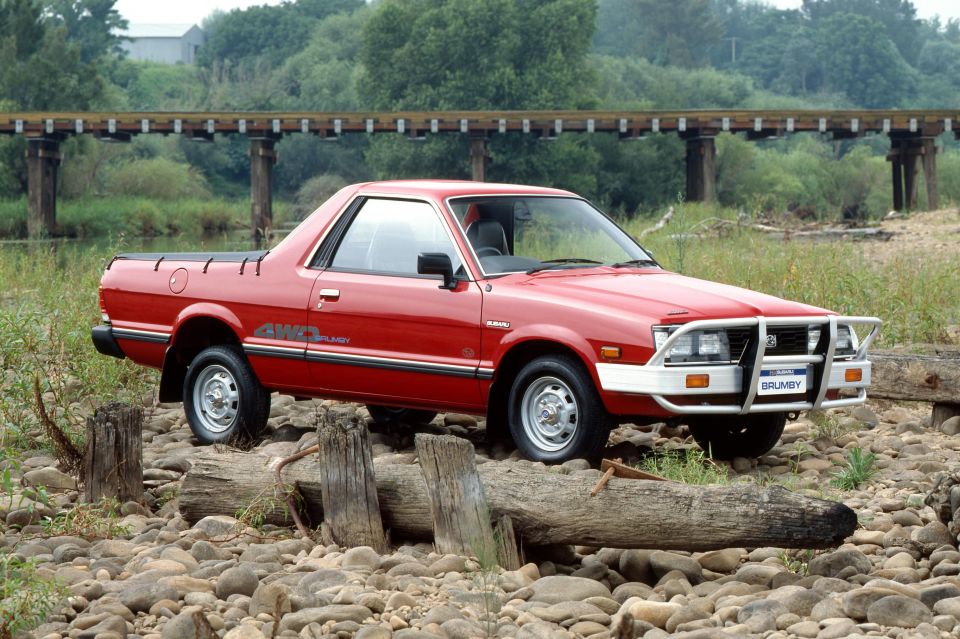
Subaru has a well-established image of being a brand for those who enjoy recreational outdoor activities, made possible by the inclusion of standard all-wheel-drive across the lineup (except for the BRZ).
The Brumby was no exception. Known elsewhere as the BRAT and 284, this would be the only ute model ever sold by the Japanese marque in Australia.
It arrived here in 1978 and initially featured a 1.6-litre four-cylinder engine, which by 1981 was swapped out for a larger 1.8-litre carburetted Boxer four. This produced outputs of 61kW of power and 132Nm of torque, and was mated to a four-speed manual transmission.

The car’s four-wheel drive system could be activated on demand via a lever situated on the transmission tunnel. The Brumby’s small size and four-wheel drive made the car popular with farmers who appreciated its modest rough-road capabilities along with its tough-as-nails reliability.
Based on the Leone (predecessor to the Impreza), the Brumby offered a payload of just 400kg, but compensated for this with a low price.
In its final year on sale, 1994, it was priced from just $17,085 before on-road costs in base guise, undercutting more traditional utes like the Nissan Navara and Toyota HiLux.
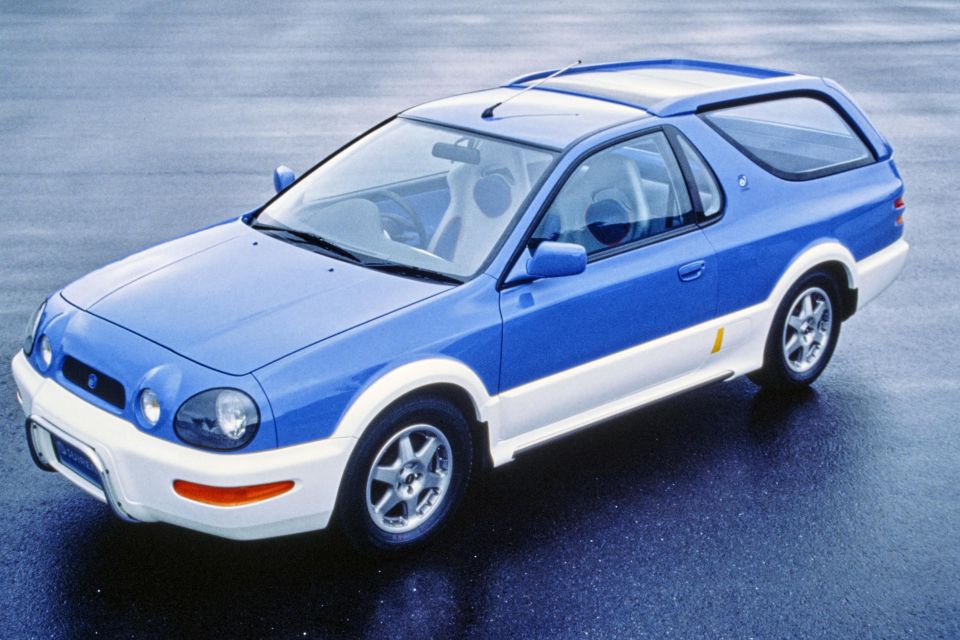

Subaru previewed a potential successor to the Brumby called the Suiren at the 1993 Tokyo Motor Show. Following in the footsteps of its predecessor, this would have been based on Subaru’s new small car, the Impreza, had it made production.
Unfortunately, the niche status of the Brumby in the carmaker’s lineup, coupled with a general stagnation in the Japanese economy, meant that the Suiren remained a stillborn, production-ready concept.
American customers did receive a spiritual successor in the 2000s with the Liberty-based Subaru Baja ute, though it was short-lived.
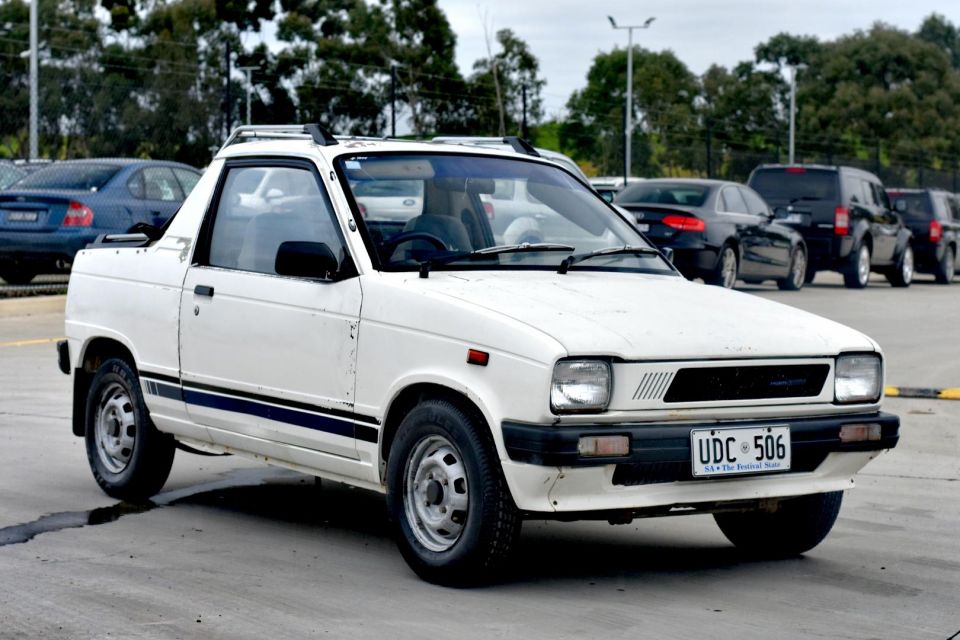
Japan is famous for its tiny Kei cars, which are often a creative outlet for manufacturers to squeeze in as much practicality, utility and space as possible within very tight dimensional and power constraints.
The Mighty Boy was Suzuki’s attempt to create a ute that fit within these regulations, and also bears the distinction of being perhaps one of the few kei cars exported outside of Japan, being sold in Australia and Cyprus as well.
Featuring a total length of just 3.2m, the Mighty Boy was ironically very mini in nature, rivalling the Lightburn Zeta mentioned above for the title of smallest car in this article.
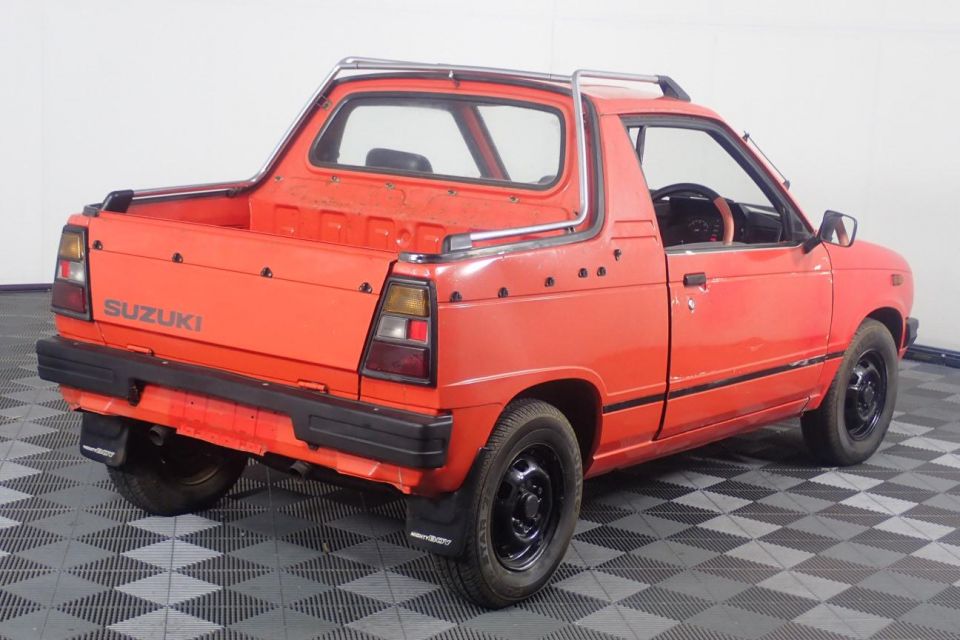
As with other kei cars of this era, the Mighty Boy made use of a 0.5-litre (543cc) three-cylinder engine producing just 19kW of power and 35Nm of torque, resulting in a 0-100 km/h time of a glacial 24 seconds.
Maximum payload was a surprising (for its size) 440kg, and curiously, the Mighty Boy was optionally available with a two-speed automatic alongside the standard-fit four speed manual.
The Mighty Boy was one of the cheapest new cars on sale in Australia, at one point priced from just $5795.

While the Toyota Corona was also available in Australia with a ute body, the Datsun 1200 is the Japanese load-lugger with the stronger cult following today.
Touted as a half-ton ute and marketed as a “mighty midget”, the little hauler – known in Japan as the Sunny Truck – was a ute version of the popular 1200, predecessor to the 120Y.
As the name suggests, it used a 1.2-litre four-cylinder engine, producing 52kW and 95Nm. The only transmission was a four-speed manual, and the 1200 Ute was just 3845mm long overall while weighing under 750kg.
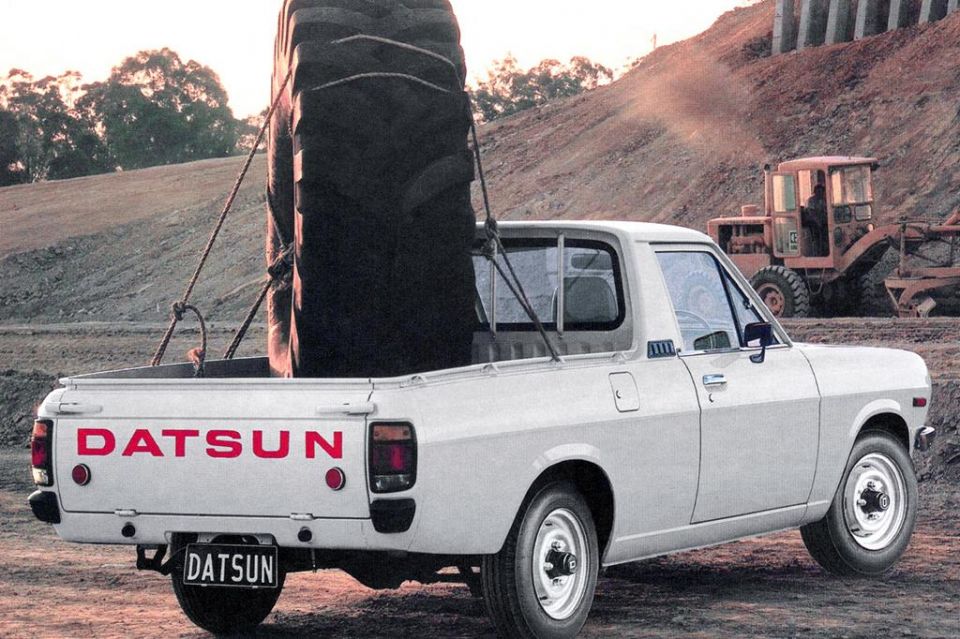
It had a lengthy run in Australia, being sold from 1971 to 1985. It outlasted its sedan and wagon counterparts, and was sold alongside their 120Y, Sunny and Pulsar replacements.
However, that was nothing compared to its tenure in South Africa.
There, the popular little bakkie continued to be produced all the way until 2008 before it was finally done in by stricter emission and safety regulations. Though officially sold there as the 1400, it was also colloquially referred to as the “kanniedood”, Afrikaans for “cannot die”.
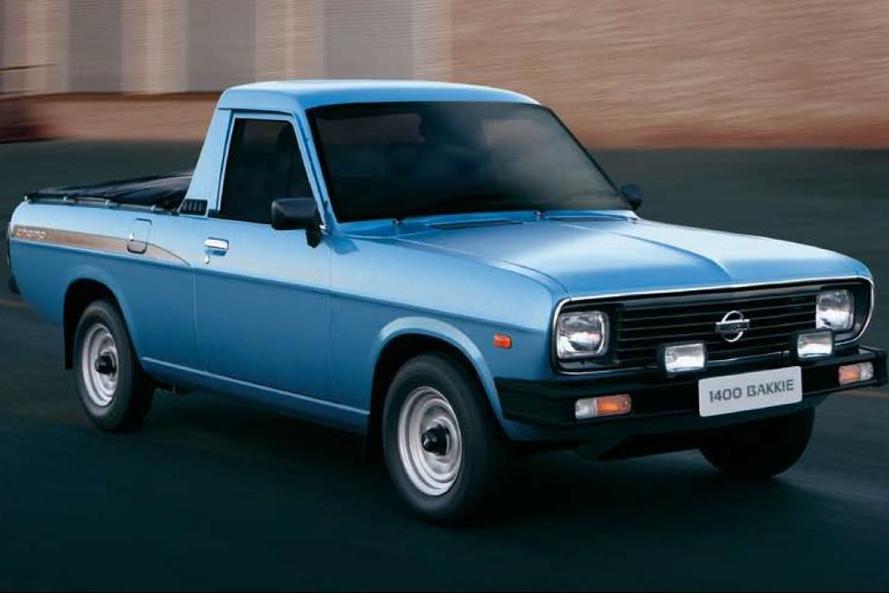


Anthony Crawford
5 Days Ago


Matt Campbell
4 Days Ago


James Wong
3 Days Ago


Max Davies
2 Days Ago


Josh Nevett
23 Hours Ago
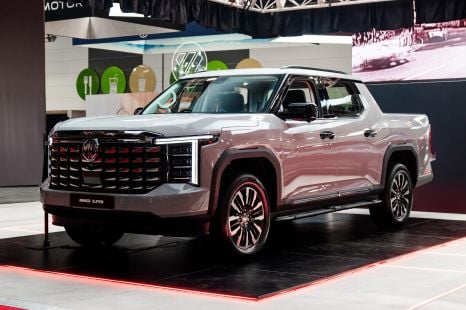

Damion Smy
17 Hours Ago